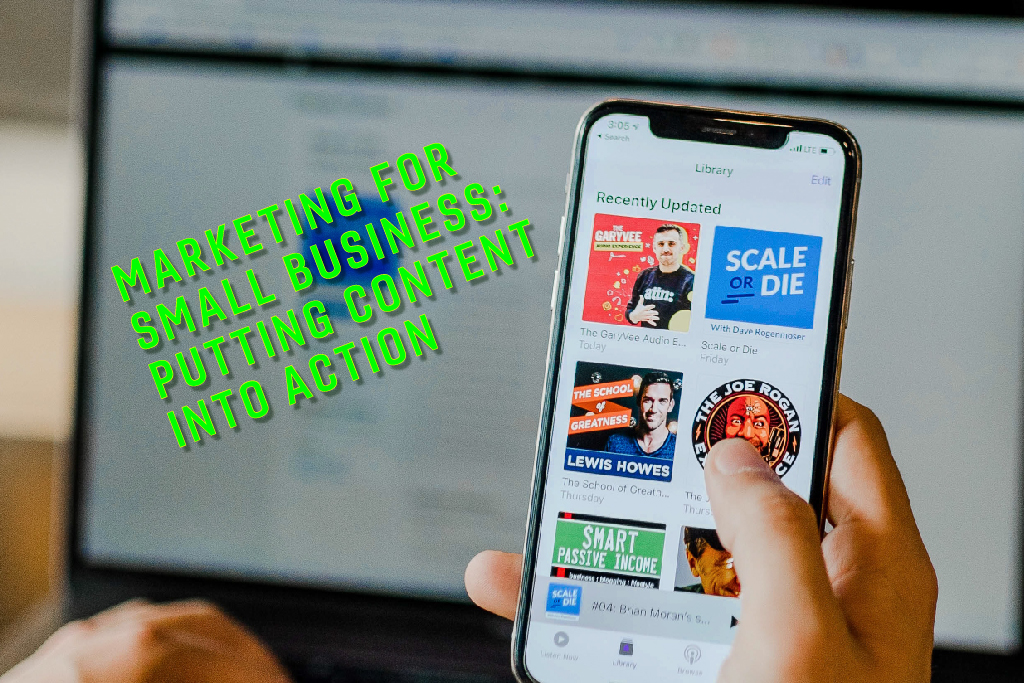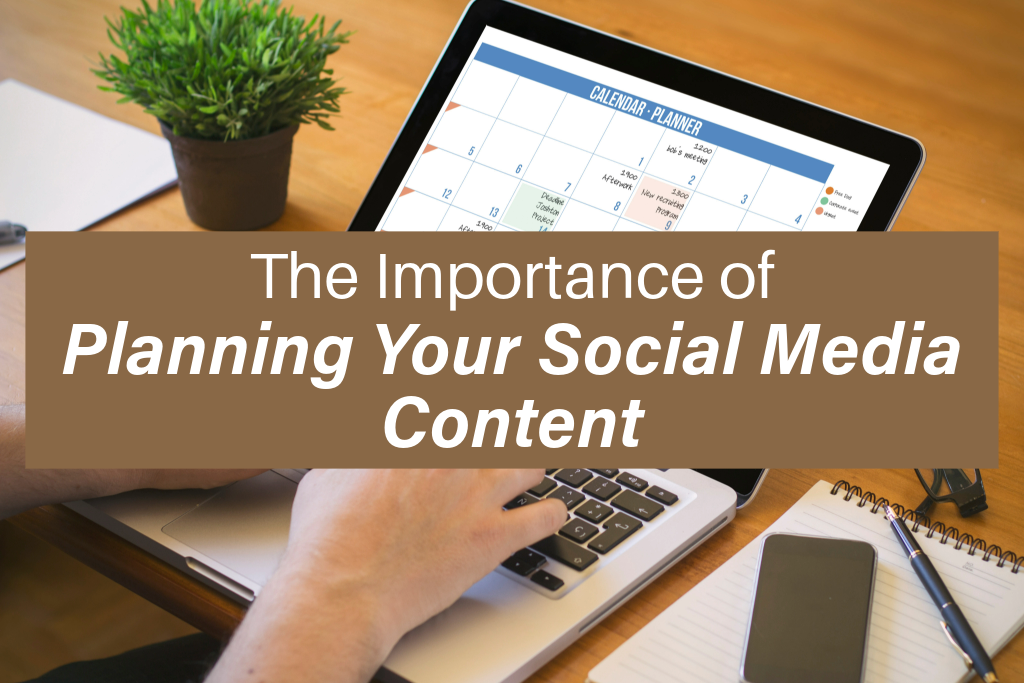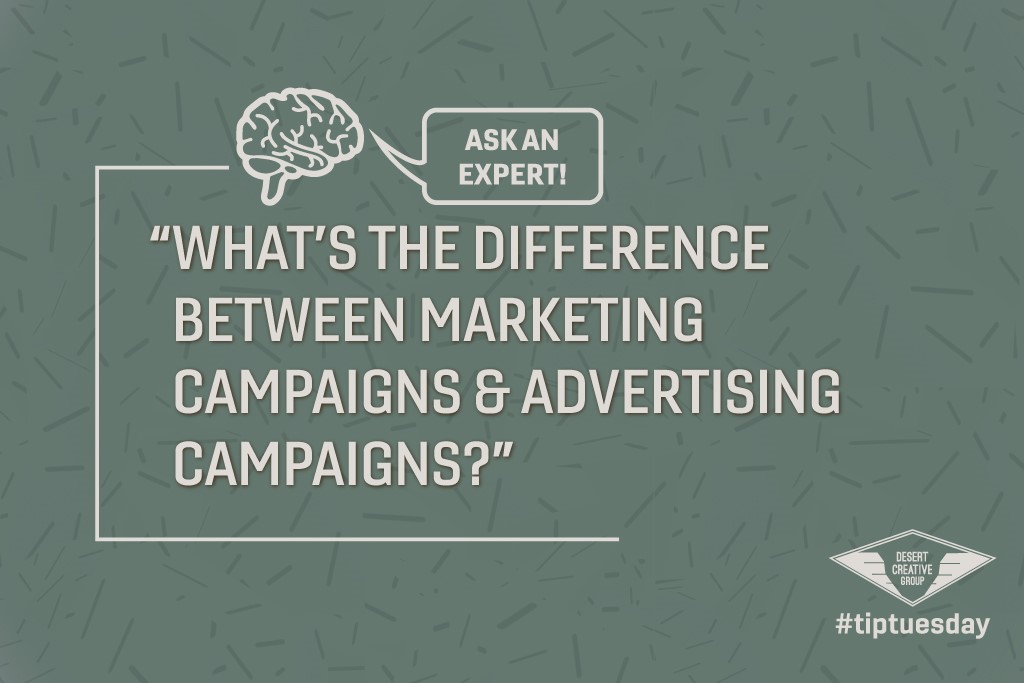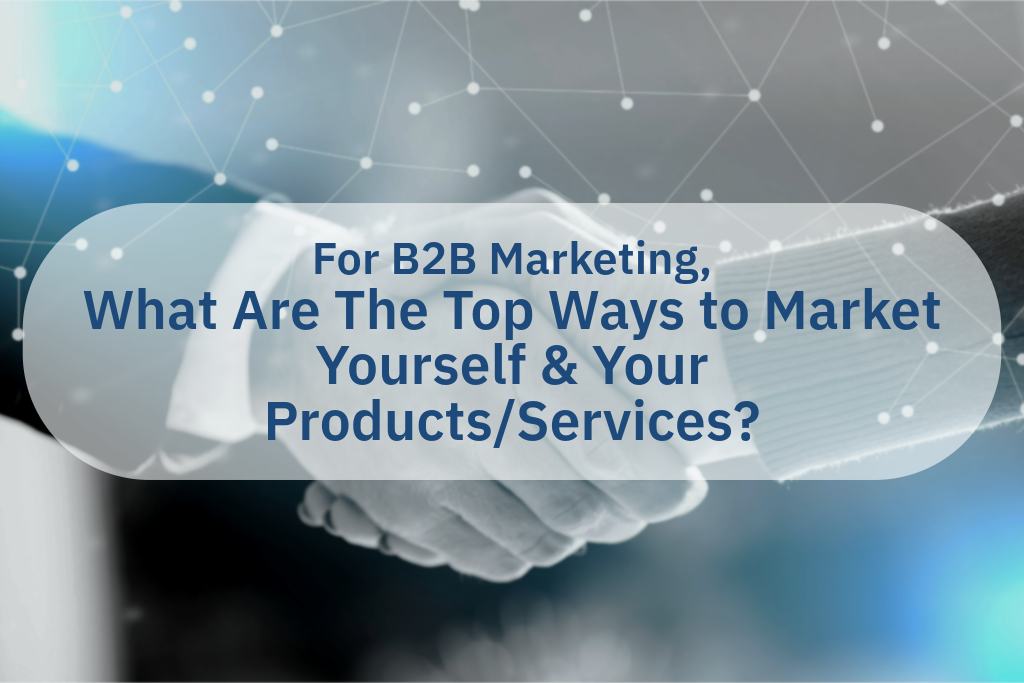What is Content Marketing?
Content marketing isn’t a new tool, but it should definitely be one of the main tools you use to grow your business. According to the Content Marketing Institute, 62% of the “most successful” B2B (Business to Business) marketers have a content marketing strategy in place and 59% of “most successful” B2C (Business to Consumer) marketers have a strategy in place. Not to mention, 84% of people expect businesses to produce content that entertains, provides solutions, and produces experiences and events (Meaningful Brands).
At its core, Content marketing drives customer acquisition and retention by sharing high-quality, relevant, and personalized content to a specified audience. In essence, content marketing is the creation and sharing of online material (such as videos, blogs, and social media posts) intended to stimulate interest in products or services. It differs from Facebook and Instagram advertising in that it is not just trying to increase traffic to your website or CTR (click-through rates). Content marketing uses relevant and meaningful information to create lasting relationships with your current clients and develop new relationships with future clients. It is forecasted to continue to drive engagement, which means now is the time to define your Content Marketing Strategy to help you achieve your revenue goals.
Why is Content Marketing Useful?
According to Demand Metric, 70% of people would rather learn about a company through articles instead of advertising, so we know that people are more prone to respond and interact with meaningful content vs. banner ads. Additionally, there are over 4.6 billion active internet users worldwide (Statista) and of those 80% are interacting with social media sites and blogs. That’s 3.6 billion users waiting to watch your videos, like your photos, and check out your blog! Great information and website content play a huge role in Search Engine Optimization (SEO). Valuable and engaging content will help you climb in the rankings and drive more traffic to your website.
Creating a Content Marketing Strategy
Not only is there a huge opportunity to use content marketing to increase your revenue, but you will also save money since content marketing is 62% cheaper than traditional advertising (SmallBizTrends). However, to be effective, you’ll want to consider how you will gauge success based on measurable goals. You need your customers to engage with your content across a variety of mediums, stay on your website, easily locate important information and ultimately, enter a sales funnel.
Examples of measurable goals:
- Increase website traffic by X%
- Grow Instagram following by X%
- Increase blog views and podcast listens by X%
- Sales growth by X%
The second step is to choose which platforms you will use to distribute your content. Plan for a mix of content people can watch, read, and listen to.
These are some of the popular channels to consider:
- Email marketing
- Podcast
- Blog
- YouTube
The third step is to define what content you will use. This can often be one of the more challenging steps in the process. However, it doesn’t have to be!
Successful businesses choose the content they want to share and then plan how and where they will share it via a content calendar. Content calendars transform your content marketing strategy into a tangible step-by-step guide. There are thousands of content calendar templates out there with amazing and effective ideas. However, you must keep in mind your audience, industry, and most importantly your goals.
Key factors to consider when creating a content calendar include:
- What kind of content will help achieve your goals?
- Which mediums will create the most engagement with your audience?
- When are the best days and times to communicate with your audience?
- How can you leverage content across multiple mediums?
- Can you incorporate evergreen* content to continue to benefit from your efforts long-term?
*Evergreen content is informational. It contains reference material that is not based on current trends and therefore does not go out of date.
Almost all social media and email marketing services offer metrics you can use to evaluate when your target audience is online, the platforms they frequent the most, and the type of content that produces engagement. However, content marketing isn’t a “set it and forget” model. You must regularly evaluate your metrics. If your goal is to increase sales and your CTR is high, but your sales are low, then while your content might be engaging it’s not effective because it is not resulting in a purchase. Hence, your current strategy is not meeting your goals. After a few weeks of this, it is time to evaluate your website metrics, review your customer journey to find out where customers are, and make adjustments. Then use this data to adjust your content to better capitalize on your CTR.
Tips to Maximize Your Content
The key to keeping your content marketing strategy manageable is to get the most out of every piece of content. Here are 3 more ways to maximize your content:
- Republish your blog post on LinkedIn and Medium to reach new audiences.
- Use tools such as Infogram to create infographics your audience will want to save or even purchase.
- Repurpose your blog post into a slideshow highlighting the key points of your article and post it on Slideshare to share with another 80 million users.
Remember, you don’t have to post every day to have an effective digital media strategy. You also don’t have to post on every platform. Consistency is key. Choose two to three platforms to post on and use the platform metrics to post at the most effective times. As you become more comfortable creating valuable content and posting to your preferred platforms, you may find the bandwidth to expand to additional platforms. Just remember to start small and stay consistent before you add on.
Content Marketing Timelines
It’s important to keep in mind that SEO (Search Engine Optimization) blog posts, social media posts, and video content are a long game. You need to spend at least six to twelve months on a content marketing plan before you will see SEO improvements. It takes time for search results to fully index website content. So start with the right expectations and content marketing budget from the get-go. One or two blog posts will not land you on the front page of Google.
How Much Should I Spend on Content Marketing?
The U.S. Small Business Administration recommends you spend 7 to 12 percent of your gross revenue on marketing. These percentages may seem high, but things like marketing and content are essential if you want to grow your business. If you are just starting and your budget is small, you may want to consider email marketing. With over 4.03 billion people around the world using email, it is one of the most affordable and effective tools available. In comparison, Facebook reports just 2.80 billion monthly active users and Instagram 1.07 billion. This makes email a key tool as it has the biggest audience and therefore has the greatest potential for engaging with current and future customers.
We recommend email marketing as the first step in your Content Marketing Strategy because of its ROI. Industry averages show that for every $1 you spend on email marketing, you can expect an average return of $42 (DMA, 2019). Additionally, professional services that specialize in email marketing may offer packages starting at around $500. However, if you would rather take the DIY approach, MailChimp marketers can send unlimited emails for as low as $10 a month. Additionally, the evergreen content you create for your email marketing can be easily translated to social media posts, blog posts, and video content, whenever you are ready! The best first step you can take to achieve your business goals might just be email marketing.
Now What?
We understand that it’s a struggle to keep up with the latest tools while trying to manage and grow your business. Technology and trends are constantly changing and evolving. That’s why Desert Creative Group created the 3-part series “Marketing for Small Business.” Desert Creative Group created this series to explore valuable tools often thought to be only for ‘big business’ and to illustrate why and how small businesses can use these tools to grow. In case you missed it:
Marketing for Small Business: A 3-Part Series
Part 1: What is a Marketing Strategy? Why you need it.
Part 2: What is a Customer Journey? How knowing your client’s behavior can grow your sales.
Part 3: Putting Content Into Action. Making your content work for you.
At Desert Creative Group, we pride ourselves on being able to provide knowledge and advice on what’s just a fad and what has proven its worth in returns, specific to your industry. Desert Creative Group is an international, full-service marketing and creative agency that helps businesses market with a purpose to grow. With a consultative approach, we help you implement strategies that align your business development, marketing, sales processes, and creative assets for optimal growth.
Email us for help with these or any of our marketing, creative, and business services.
Subscribe to our blog:





